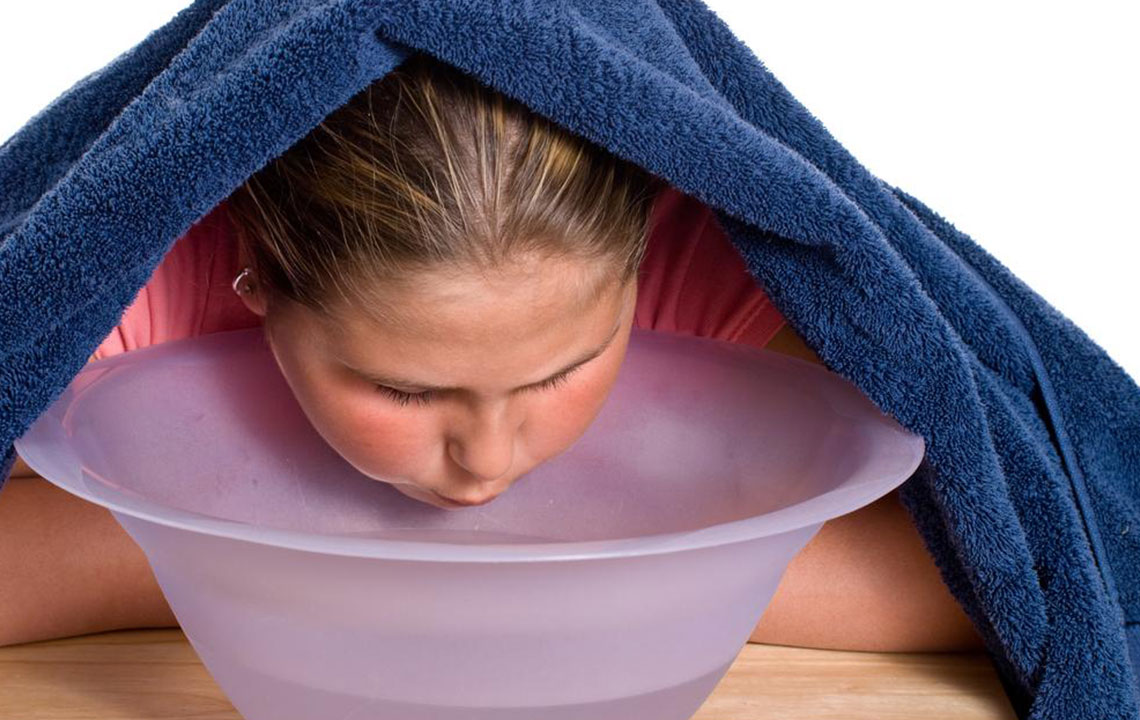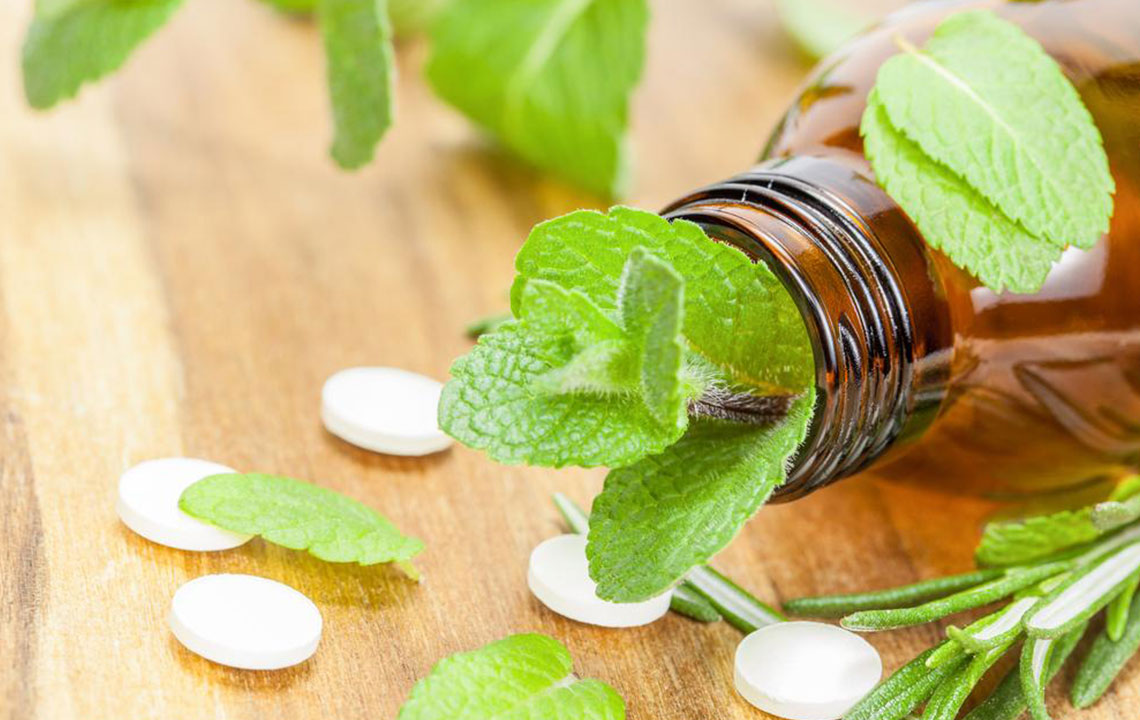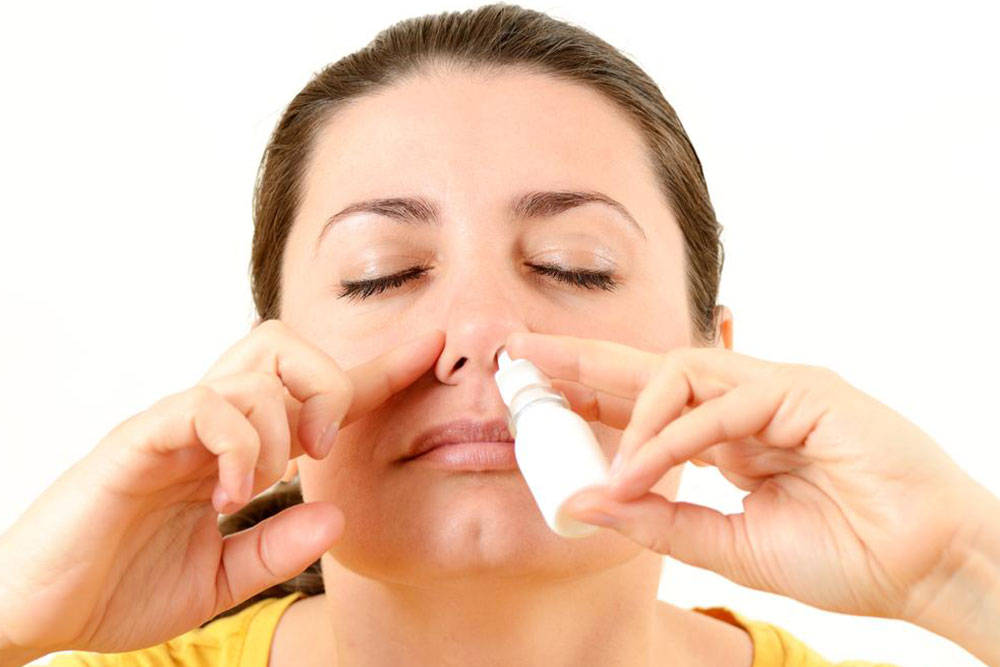Effective Natural Solutions for Sun Sensitivity Relief
Discover natural and effective remedies for sun allergy relief, including aloe vera, black tea, cold compresses, and proper skin hydration. These tips help soothe irritated skin, promote healing, and prevent sun allergy flare-ups during summer. Always consult a healthcare professional for severe reactions and personalized treatment.
Sponsored

Summer is a much-loved season, but for individuals with sun allergies, it requires extra precautions like wearing long sleeves, hats, and umbrellas. Sun allergy is a rare condition causing intense skin itching and burning hours after sun exposure. Aside from avoiding sunlight, several natural remedies can help ease symptoms and promote healing.
1. Aloe Vera Gel
Aloe vera gel is highly effective for sun allergies and burns. It accelerates healing, hydrates irritated skin, and reduces discomfort. You can apply store-bought gel or directly use fresh aloe leaves, but always perform a patch test first to check for allergic reactions.
2. Black Tea Treatment
Applying cooled brewed black, green, or chamomile tea on affected skin can help soothe irritation and reduce symptoms. Soak gauze or cloth in the tea and gently place it on the rash or burn areas for relief.
3. Cooling Compress
Use a cold compress or frozen peas wrapped in a cloth to lower skin temperature, minimize pain, and reduce swelling. Avoid direct contact with the skin to prevent further damage. Repeat several times daily for 15-20 minutes each session.
4. Moisturizing Creams
After cooling the skin, apply moisturizing creams containing aloe vera or vitamin E to aid skin recovery. Moisturizers restore the skin barrier and prevent further dryness. Consult a healthcare professional for suitable options.
5. Tepid Showers
Taking lukewarm showers can soothe sunburned or irritated skin, preventing aggravation and blister formation. Regular tepid baths help diminish inflammation and provide comfort.
6. Oatmeal Soak
Grinding oats into a fine powder and adding to a lukewarm bath offers anti-inflammatory benefits. Soak in the oatmeal water for 15-20 minutes to relieve burns and rashes effectively.
7. Coconut Oil Application
Applying cold-pressed coconut oil after healing has begun helps moisturize and repair dry, damaged skin. Avoid applying if blisters are present, as the oil's thickness can trap heat and delay recovery.
8. Honey for Healing
Honey's antibacterial properties can reduce infection risk and speed healing. Use it as a topical wound dressing, but avoid on infants or if there's a risk of heat entrapment under the honey layer.
9. Sun Protection
Consistent use of broad-spectrum, high-SPF sunscreen minimizes flare-ups and protects sensitive skin. Reapply regularly for optimal defense against UV rays and prevent further reactions.
10. Topical Ointments and Creams
Dermatologists often recommend specific creams or ointments to reduce inflammation and itching. Severe cases may require stronger prescription medications to effectively manage symptoms.






